
Understanding Gum Disease Beyond Brushing
Many people believe that brushing and flossing alone completely shield them from gum disease. While strong oral hygiene habits dramatically lower risk, gum disease is a complex condition influenced by more than daily care. Even individuals who maintain excellent oral hygiene routines may still develop issues due to genetics, underlying health conditions, or environmental factors. Understanding this reality is key to protecting long-term gum health.
1. Can You Get Gum Disease with Good Oral Hygiene?
The direct answer is yes. Gum disease can occur even in those who are diligent about their oral care. This happens because bacteria in the mouth can sometimes overwhelm the body’s natural defenses, particularly when combined with risk factors like stress, poor diet, or systemic conditions such as diabetes. In these cases, gum tissues become inflamed despite regular brushing and flossing.
A well-documented case involved a marathon runner who kept a strict hygiene routine yet developed early gum disease due to high sugar energy gels and dehydration. His story shows how lifestyle choices and body chemistry can tip the balance toward inflammation, no matter how committed one is to oral hygiene.
2. Factors That Influence Gum Health
Genetic Predisposition
Genetics plays a significant role in gum disease. Some individuals inherit immune responses that make them more susceptible to inflammation, even when their oral hygiene habits are excellent. This explains why gum disease sometimes “runs in families.”
Underlying Health Conditions
Diseases like diabetes or cardiovascular conditions can weaken the immune system, making it harder for the body to fight off oral bacteria. Even with proper brushing and flossing, gums in these individuals may show signs of bleeding, swelling, or recession earlier than expected.
Environmental and Lifestyle Factors
Stress, smoking, diet, and hormonal changes all influence gum health. For example, pregnant women often notice gum sensitivity or swelling due to hormonal fluctuations, which can lead to temporary but significant gum disease symptoms despite excellent hygiene.
3. Signs of Gum Disease You Shouldn’t Ignore
Even those who care for their teeth meticulously should watch for signs such as persistent bad breath, gum bleeding during brushing, gum recession, or sensitivity when eating hot and cold foods. These early warning signs signal that something deeper may be affecting gum tissue and require professional evaluation.
A college student once shared how she brushed three times daily yet noticed her gums bleeding every morning. After visiting her dentist, she learned that her high caffeine intake and stress-related teeth grinding were aggravating her gums. Without intervention, her condition could have progressed to advanced periodontitis.
4. Professional Care Matters
Dental professionals emphasize that regular cleanings and checkups are essential in catching problems invisible to the naked eye. Plaque and tartar can accumulate below the gumline, where toothbrushes and floss cannot reach. Professional scaling removes these buildups and helps reset gum health before irreversible damage occurs.
Regular visits every six months—or more often for those at higher risk—ensure that gum issues are caught early and managed effectively.
5. Prevention Strategies That Go Beyond Daily Brushing
Experts recommend combining strong oral hygiene with preventive strategies such as balanced nutrition, stress management, and lifestyle adjustments. Eating foods rich in vitamin C and calcium supports gum tissue, while drinking enough water keeps the mouth hydrated and reduces bacterial buildup.
For those particularly concerned, professional advice from trusted providers can make a difference. Family Dentistry Online offers resources and recommendations to guide individuals toward the best services and practices for long-term oral health.
6. Expert Insights on Gum Health
Dentists often explain that gum disease is less about “poor hygiene” and more about a combination of microbial, immune, and systemic factors. While consistent brushing and flossing form the foundation of oral health, professional care and awareness of risk factors elevate protection. The key is to view oral hygiene not as a guarantee but as part of a broader, more holistic strategy for lifelong gum health.
By combining personal care with professional oversight, anyone can greatly reduce their risk of gum disease—even if genetics or lifestyle pose added challenges.



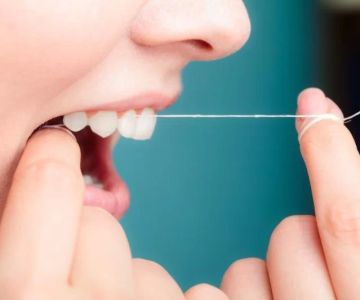
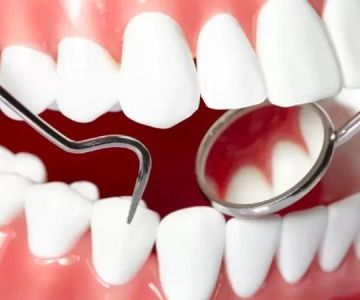

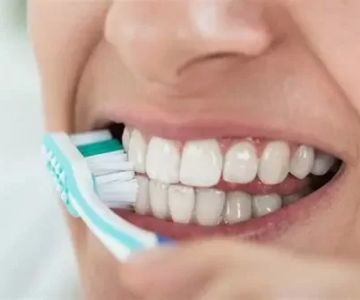
 Infuse Dental4.0 (292 review)
Infuse Dental4.0 (292 review) Doctor Lenz DDS Gentle Family Restorative Dentistry5.0 (4 review)
Doctor Lenz DDS Gentle Family Restorative Dentistry5.0 (4 review) Corsi Dental Associates4.0 (789 review)
Corsi Dental Associates4.0 (789 review)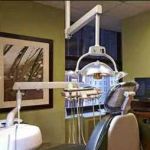 Excel Dental, Orthodontics & Implant Center4.0 (34 review)
Excel Dental, Orthodontics & Implant Center4.0 (34 review) Dental Smiles of West Chicago4.0 (124 review)
Dental Smiles of West Chicago4.0 (124 review) Coast Dental4.0 (545 review)
Coast Dental4.0 (545 review) The Importance of Oral Health Education During Pregnancy for a Healthy Pregnancy
The Importance of Oral Health Education During Pregnancy for a Healthy Pregnancy Best Tips for Brushing Your Teeth Properly for Healthy Gums: Essential Techniques for Oral Health
Best Tips for Brushing Your Teeth Properly for Healthy Gums: Essential Techniques for Oral Health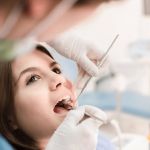 Why Skipping Dental Checkups Can Lead to Bigger Oral Health Problems
Why Skipping Dental Checkups Can Lead to Bigger Oral Health Problems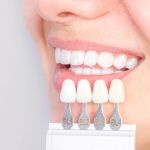 Advantages of Porcelain Dental Restorations
Advantages of Porcelain Dental Restorations How Can Diabetes Cause Tooth and Gum Problems? Preventing and Managing Oral Health Issues
How Can Diabetes Cause Tooth and Gum Problems? Preventing and Managing Oral Health Issues Healthy Habits for Promoting Good Oral Health and Hygiene: Tips for a Healthy Smile
Healthy Habits for Promoting Good Oral Health and Hygiene: Tips for a Healthy Smile